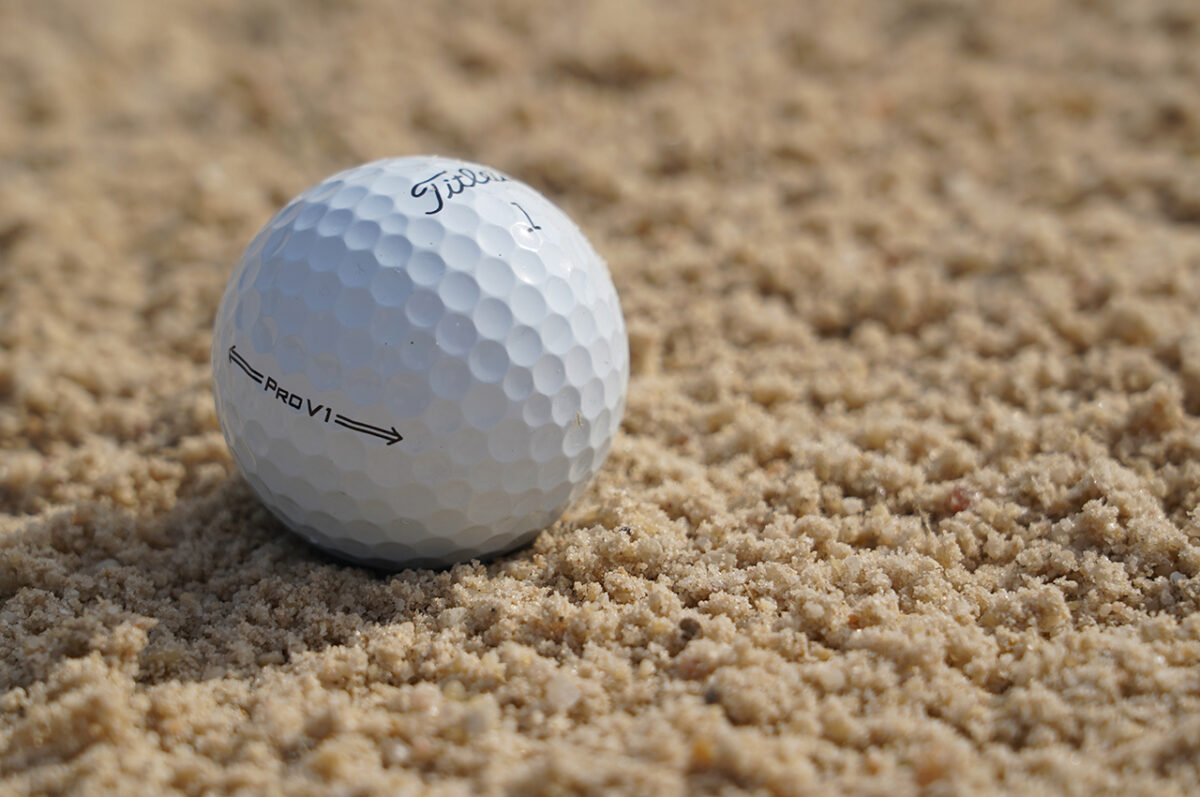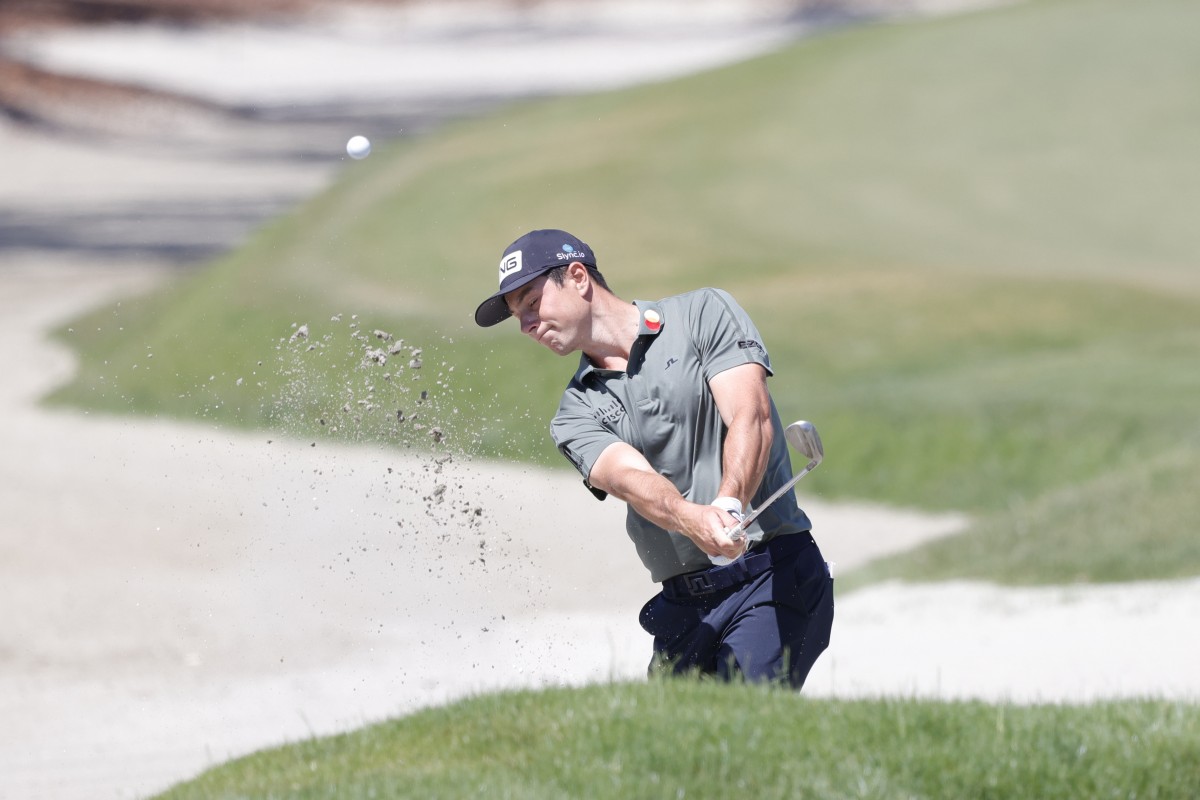[mm-video type=video id=01g3bpcn9qdjwqgwsh39 playlist_id=none player_id=none image=https://images2.minutemediacdn.com/image/upload/video/thumbnail/mmplus/01g3bpcn9qdjwqgwsh39/01g3bpcn9qdjwqgwsh39-799c77b3d3ee607d092e36bb1bbf81fa.jpg]
When a pro mis-hits an approach shot, it’s not uncommon for the microphones to pick up a plea that almost no recreational golfer hopes for, “Get in the bunker, please!” The last place a weekend golfer wants to see his or her ball go is into a greenside bunker, but pros practice bunker shots a lot and know the sand is usually much more consistent than the rough. Getting up and down to save par from a bunker can often be much easier than doing it from the rough.
This week during the PGA Championship at Southern Hills, that might not be the case.
On Tuesday evening, Ian Poulter took to Instagram and commented, “You will see some shots out of bunkers this week which won’t have any spin due to the course fine gravel type of sand. You get tiny stones between the ball and the club face making it super inconsistent. Bunkers to be avoided at all costs. Even more so if you short side yourself.”
A close-up photo of a scratched wedge face followed, along with one last comment. “This is what the tiny stones do to the club when they get between the ball and face. The ball comes out a bit skirly with no spin. Very testing and hard to predict.”

To be clear, there is sand in the bunkers, along with the tiny pebbles that Poulter referred to, but what is clear is that you are not going to hear players begging a wayward shot to find the bunkers this week.
“It is the one thing that caught my attention,” said Aaron Dill, the PGA Tour rep for Titleist Vokey Design wedges. “This sand is not like any sand that I’ve seen before. It’s really thick and really course, and it feels like you are holding a bunch of seashells or a bunch of little rocks.”
When players open the face of a wedge to hit bunker shots, they usually create a spray of whispy sand and leave a semicircular divot. There is also typically a powdery residue left on the face. Here, Dill said, it’s something else entirely.

“Here it’s aggressive, life Wolverine took his claws and made a shred across the face,” he joked.
In the weeks leading up to this week’s PGA Championship, Dill made fresh sets of wedges for several players, including Justin Thomas and Jordan Spieth, so they would have sharp, fresh grooves at the tournament. This week, however, he has been busy making wedges for other players, and in some cases, players are requesting backup wedges in case the pebbles damage the hitting area of either their sand wedge or lob wedge.
PGA: How to watch | ESPN+ streaming | Yardage book
“In a weird way, it’s a little damaging for wedge faces,” Dill said.
Wednesday afternoon in Tulsa, temperatures hovered around 90 degrees and the high on Thursday and Friday is expected to reach 90 as well. Southern Hills is drying and getting faster, both in the fairways and on the greens. If the putting surfaces get firmer and quicker, it will be hard to control the ball on the undulating greens. Combine that with grabby Bermuda rough, runoff areas and pebbly bunkers and you get a stern short-game test.
[mm-video type=playlist id=01es6rjnsp3c84zkm6 player_id=none image=https://golfweek.usatoday.com/wp-content/plugins/mm-video/images/playlist-icon.png]

